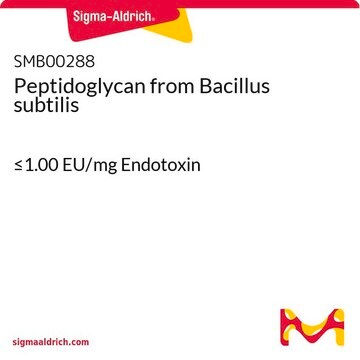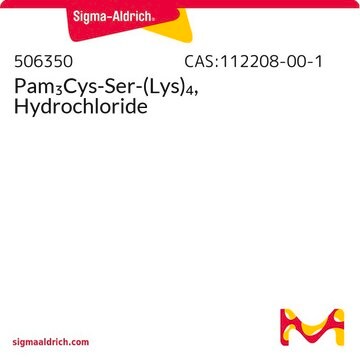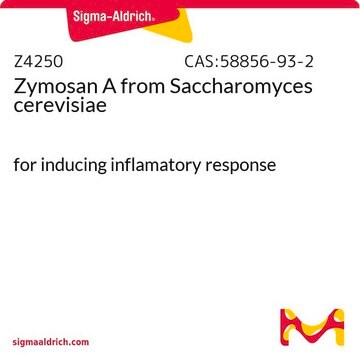This product is not tested for solubility. Peptidoglycans are only minimally soluble and will often produce a hazy or turbid solution. Sonication and/or further dilution may improve the solubility.
The product issue you are reporting should be investigated by our Technical Service team, who can assist you with further troubleshooting and/or investigation. We kindly ask you to navigate to the link https://www.sigmaaldrich.com/techservice and click on "Report Product Issues" under the Products Section with all the required information so that a member of our team can reach out to you to assist further. Thank you.









